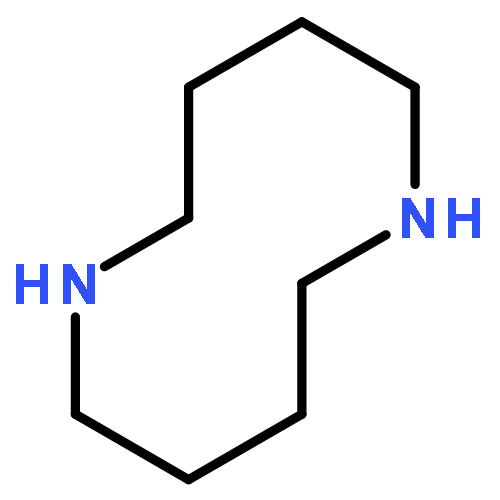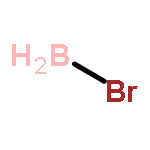
No example of a simple uncatalyzed dimerization of a diaminocarbene has been clearly established, so it is timely to ask what factors control the thermodynamics of this reaction, and what mechanisms are responsible for the observed dimerizations? In agreement with qualitative experimental observations, the dimerizations of simple five- and six-membered-ring diaminocarbenes are calculated to be 100 kJ mol−1 less favorable than those of acyclic counterparts. This large difference is semiquantitatively accounted for by bond and torsional angle changes around the carbene centers. Carbenes such as (Et2N)2C are kinetically stable in THF at 25 °C in agreement with calculated energy barriers, but they rapidly dimerize in the presence of the corresponding formamidinium ion. This proton-catalyzed process is probably the most common mechanism for dimer formation, and involves formation of C-protonated dimers, which can be observed in suitable cases. The possibility of alkali-metal-promoted dimerization is raised, and circumstantial evidence for this is presented.
Bisher wurde kein eindeutiger Nachweis für eine einfache, nicht katalysierte Dimerisierung von Diaminocarbenen gefunden. Es ist somit an der Zeit zu hinterfragen, welche Faktoren die Thermodynamik dieser Reaktion steuern und welche Mechanismen für die beobachteten Dimerisierungen verantwortlich sind. In Übereinstimmung mit qualitativen experimentellen Beobachtungen ergab die Berechnung, dass die Dimerisierung von einfachen Fünf- und Sechsringdiaminocarbenen um 100 kJ mol−1 weniger begünstigt ist als die der acyclischen Pendants. Dieser große Unterschied kann halbquantitativ durch die Änderung von Bindungs- und Torsionswinkeln um die Carbenzentren herum erklärt werden. Carbene wie (Et2N)2C sind, in Einklang mit den berechneten Energiebarrieren, in THF bei 25 °C kinetisch stabil, aber sie dimerisieren schnell in Gegenwart des entsprechenden Formamidiniumions. Dieser protonenkatalysierte Prozess ist wahrscheinlich der häufigste Mechanismus der Dimerbildung. Er führt zur Bildung von C-protonierten Dimeren, was in geeigneten Fällen beobachtet werden kann. Es wird auch die Möglichkeit der durch Alkalimetalle geförderten Dimerisierung diskutiert; hierfür werden einige Belege vorgestellt.

![2H-Pyran, 2-[(4-bromo-3-butynyl)oxy]tetrahydro-](http://img.cochemist.com/ccimg/84600/84509-61-5.png)
![2H-Pyran, 2-[(4-bromo-3-butynyl)oxy]tetrahydro-](http://img.cochemist.com/ccimg/84600/84509-61-5_b.png)

















